Burr Puzzles, are a variety of interlocking, assembly puzzles – consisting of engraved, notched sticks that slide together to make one three-dimensional, symmetrical unit. Typically crafted from wood, high quality Burr puzzles have to be precisely made in order to slide together accurately.
This type of puzzle is regarded as a classic piece, especially the 6 piece knot burr shown below. The first known references to a Burr Puzzle was in 1803, when it was published in a toy catalog; at the time these puzzles were termed “Chinese” or “Oriental” knots – as they were purported to have been invented in China, however it is far more likely that they were made in Germany.
It wasn't until 1928 that Burr Puzzles first caught the attention of the population. A Metagrobologist, Edwin Wyatt, featured the Burr Puzzle in his famous book “Puzzles in wood” – Mr Wyatt named the puzzle after the Burr seed, which he felt it resembled.
The Burr puzzle, although regarded as a classic – has had peaks and troughs of popularity. During its introduction to the market, it gained a lot of commercial success, but was regarded as pedestrian and unsophisticated my puzzle aficionados, around the world. In 1978 however a mathematician, Bill Cutler, released an article in the in Scientific American, indicating the real complexity of the puzzle – Cutler analyzed that the Burr Puzzle could be solved 119,979 ways. This again instigated a fad - upon which Burr puzzles became regarded as a classic puzzle for the ages.
Through time Burr puzzles have evolved into multiple varieties: Six Piece Burr, Three Piece Burr, Pagoda, Chuck and Diagonal Burr, among others. These types of burr puzzles are divided up based on their final shape, the amount of pieces there are and how pieces are cut.
Designs and styles of the Burr puzzles are constantly evolving in complexity and arrangement.
-
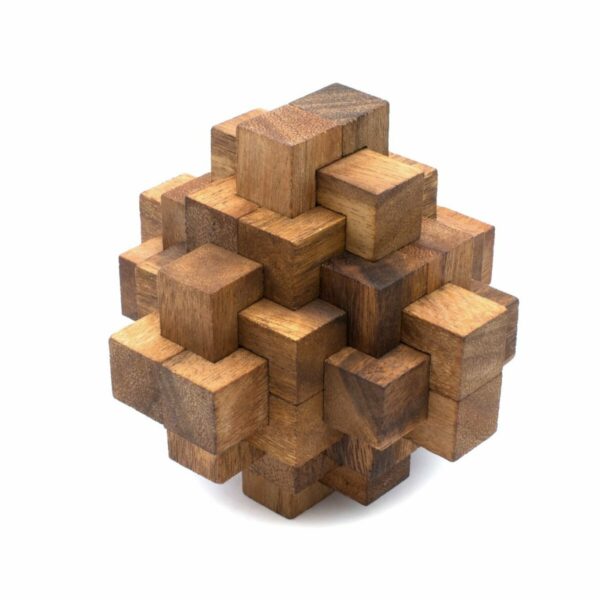
Symmetry Diamond
Product on sale
$21.99
-
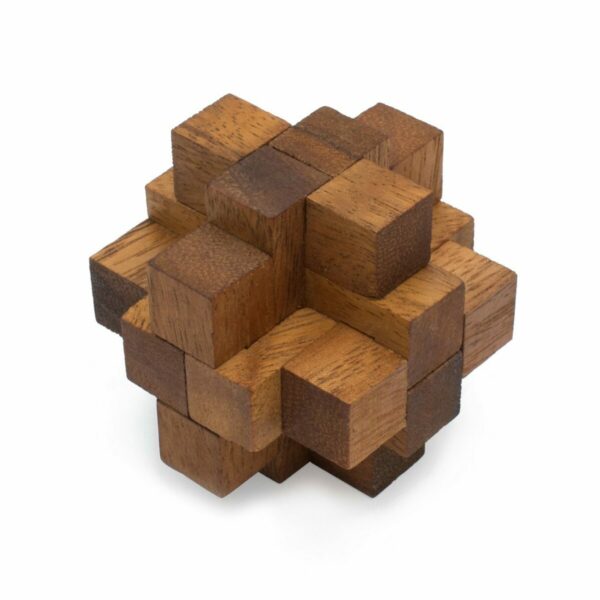
Supernova
Product on sale
$8.99
-
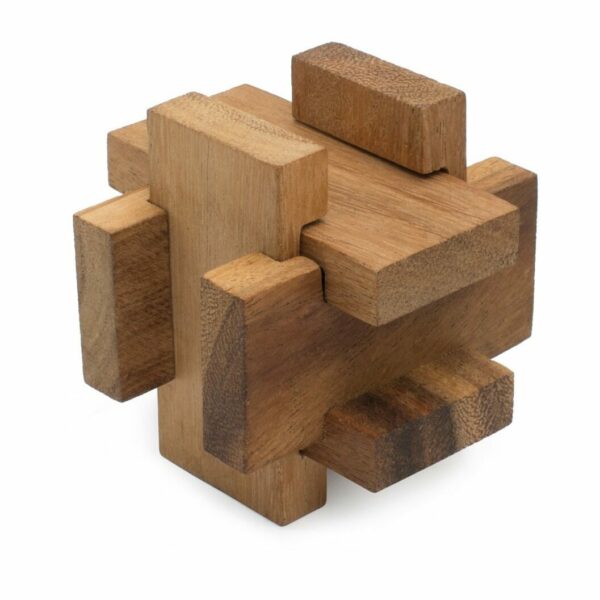
Secret Box
Product on sale
$9.99
-
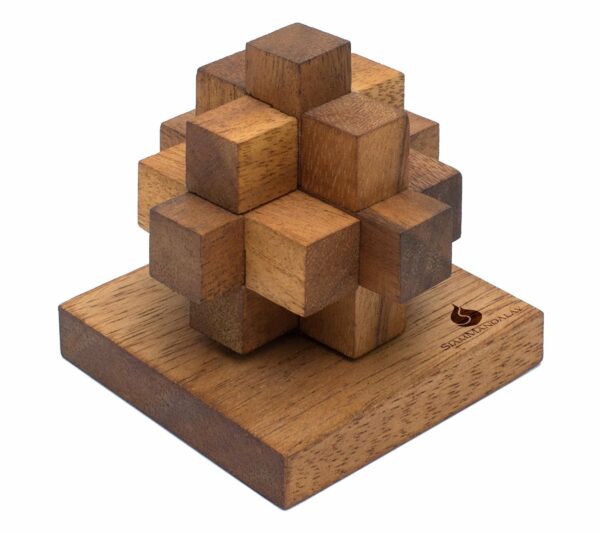
Newton's Comet
$15.99
-
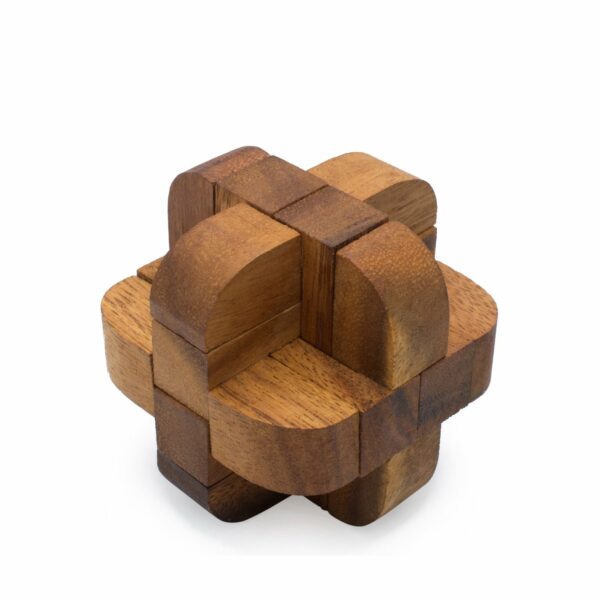
Neutron
$17.99
-
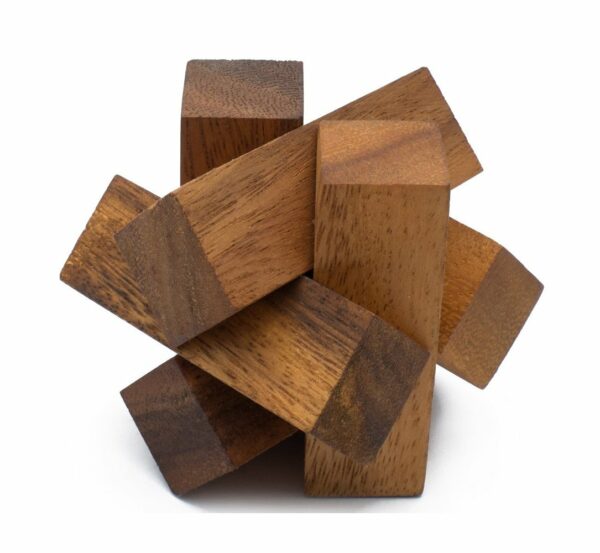
Mini Lumberjack/Mini Lumberjack's Challenge
$15.99
-
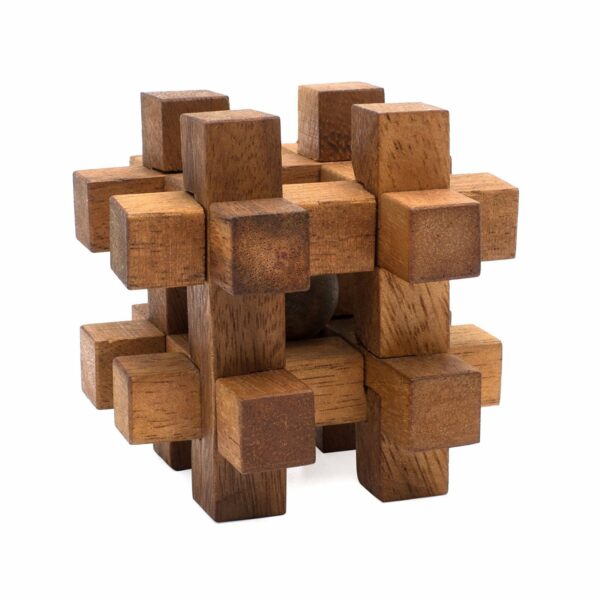
Lock It Up!
$14.99
-
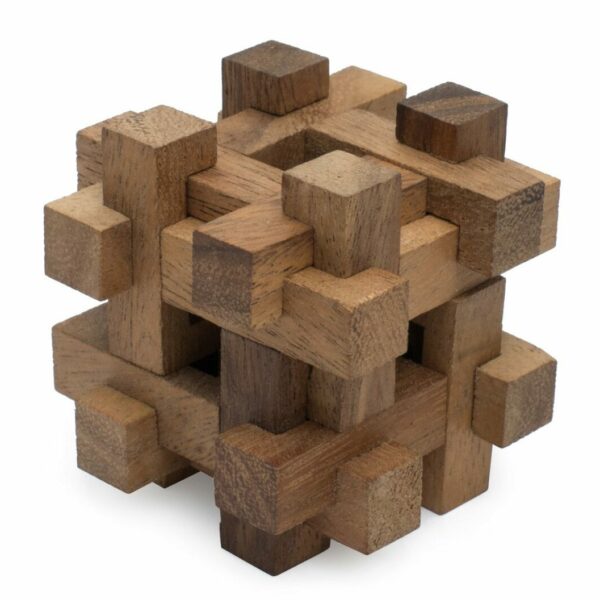
Lock it Away
Product on sale
$17.99
-
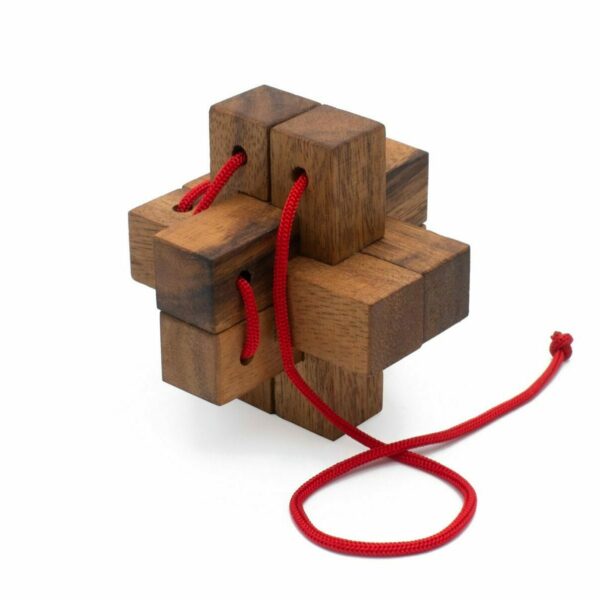
Linked In
Product on sale
$16.99
